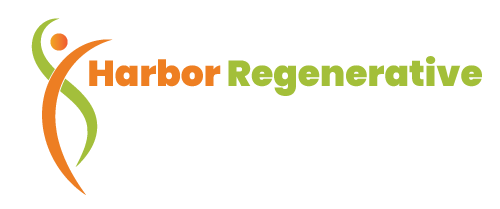
PRP
Platelet Rich Plasma(PRP) is the process of drawing your blood and spinning it in a centrifuge to separate out the Plasma that is full of growth factors and proteins that help with cellular healing, and injecting it into the part of the body of interest.
Key Points
- Platelet Rich Plasma comes from your own blood.
- PRP is a concentration of your own growth factors that are injected into the area of interest.
- Anti-inflammatory medications such as Ibuprofen must be stopped prior to PRP as well as after.
- If you have had a steroid injection, it is best to wait 60 days after that injection to inject PRP.
- Minimal risk, since it is your own blood that is being injected back into your body.
- Ultrasound guidance is important to ensure precision of the injection.
- Down-time is much shorter than surgery and typically does not require any time away from work.
What Orthopedic Conditions Are Treated With PRP
Chronic Tendon Injuries
Research is showing, PRP has been helpful in tendon injuries, especially tennis elbow. Other areas that are showing a lot of promise are achilles tendon and patellar (knee cap) inflammation and injury.
Ligament and Muscle Injury
With aging and injuries, our ligaments become more lax often allowing motion in our joints that they are not designed for. This often leads to pain in the joint that if caught early enough, the degradation of the joint can often be slowed or even halted.
It can be beneficial for increasing the speed of healing of injured muscles such as hamstring pulls and knee or ankle sprains.
Arthritis
Mild to moderate arthritis can benefit from PRP by slowing down the degenerative process with results lasting up to 2 years.




